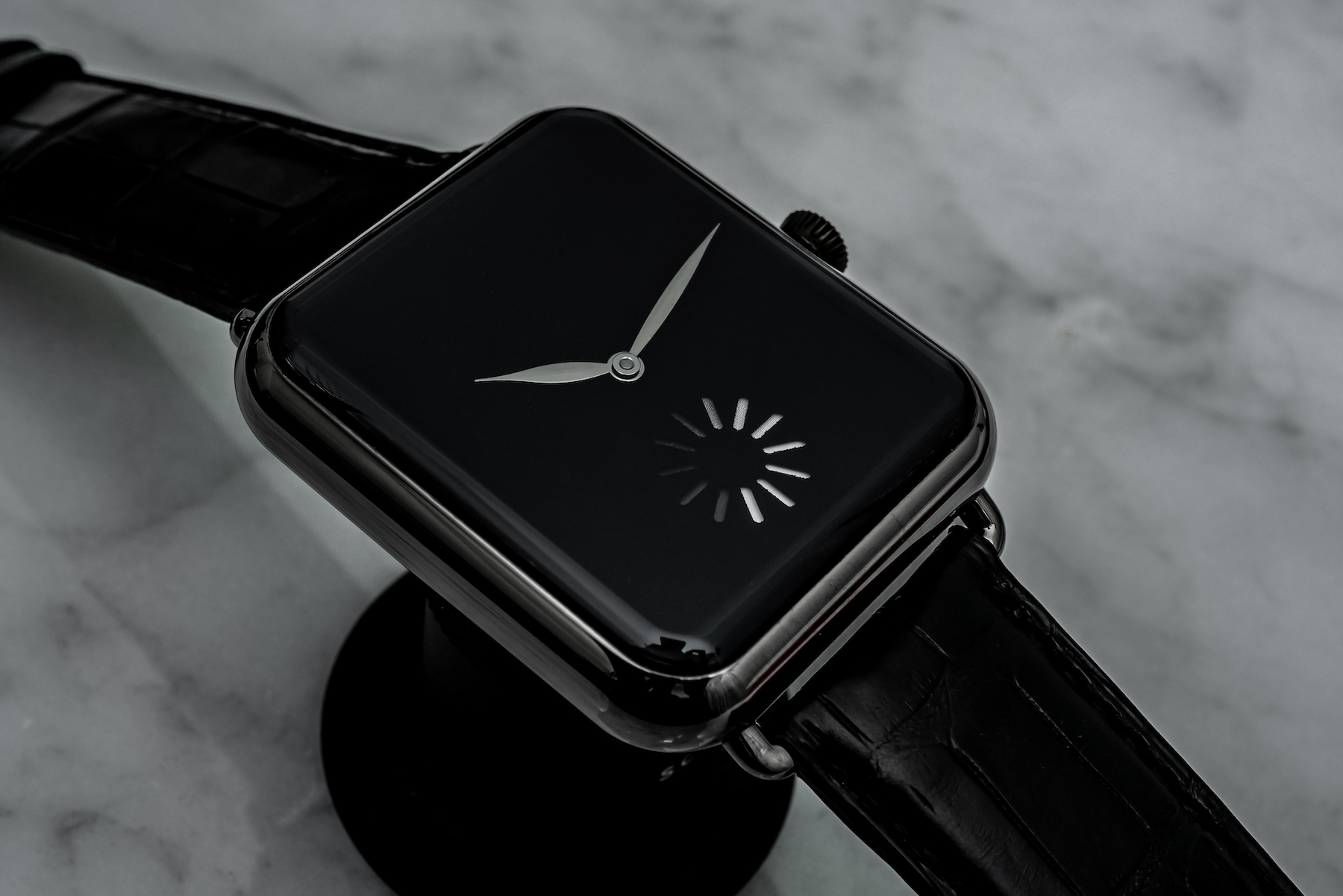
What is left to say about the H. Moser & Cie Swiss Alp watch, at this point? Intended as a tongue-in-cheek dig at the world’s most famous smartwatch, nobody expected it to become the niche hit it now is. After several iterations, we see the release of the H. Moser & Cie Swiss Alp Watch Final Upgrade, which will be the last piece in the collection. With that classic Moser sense of humor, the Vantablack dial has a seconds subdial done to resemble the “spinning” loading icon that Mac users are all too familiar with. Limited to 50 pieces, the Swiss Alp Final Upgrade also retires the downright drool-worthy tonneau-shaped HMC 324 movement.
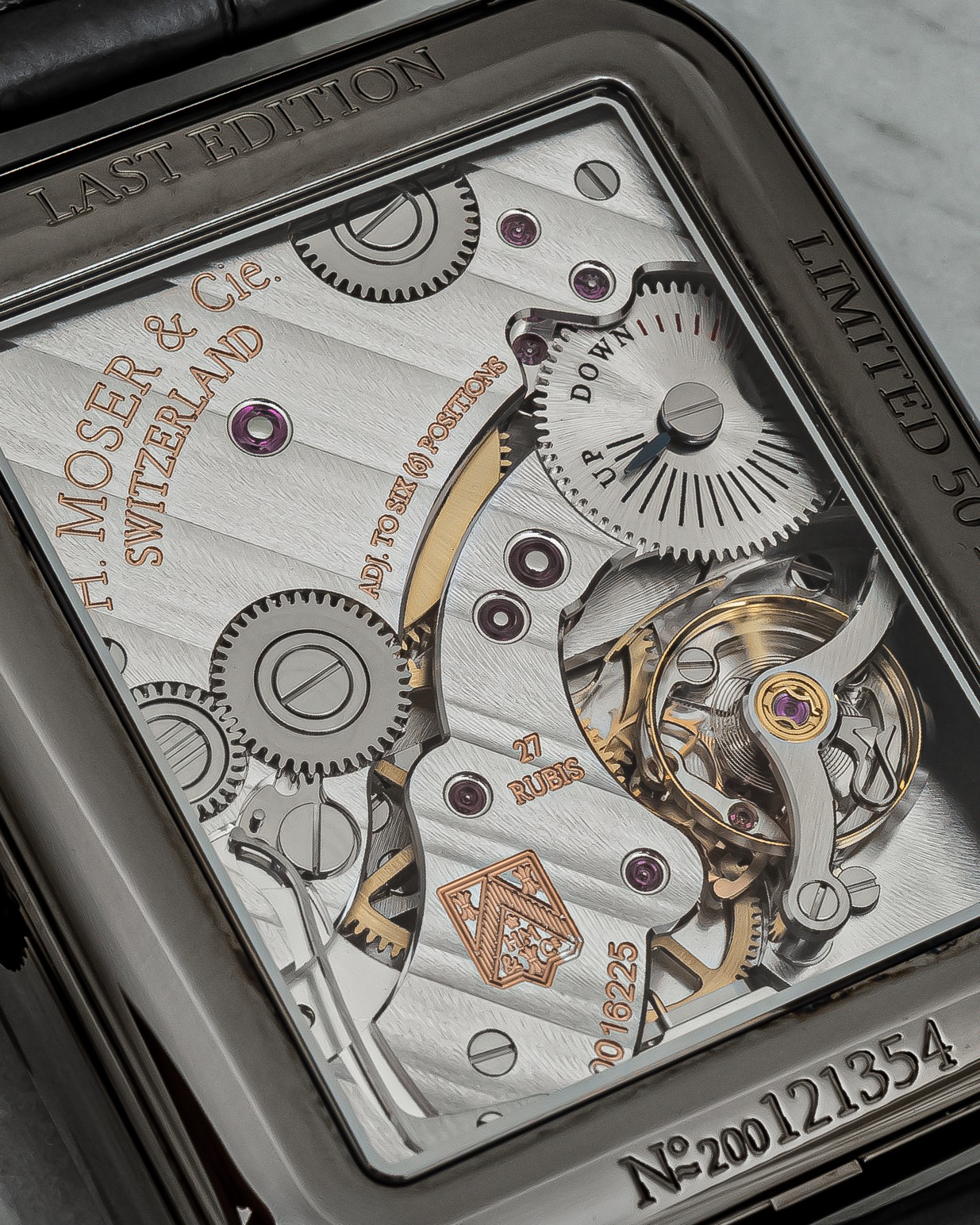
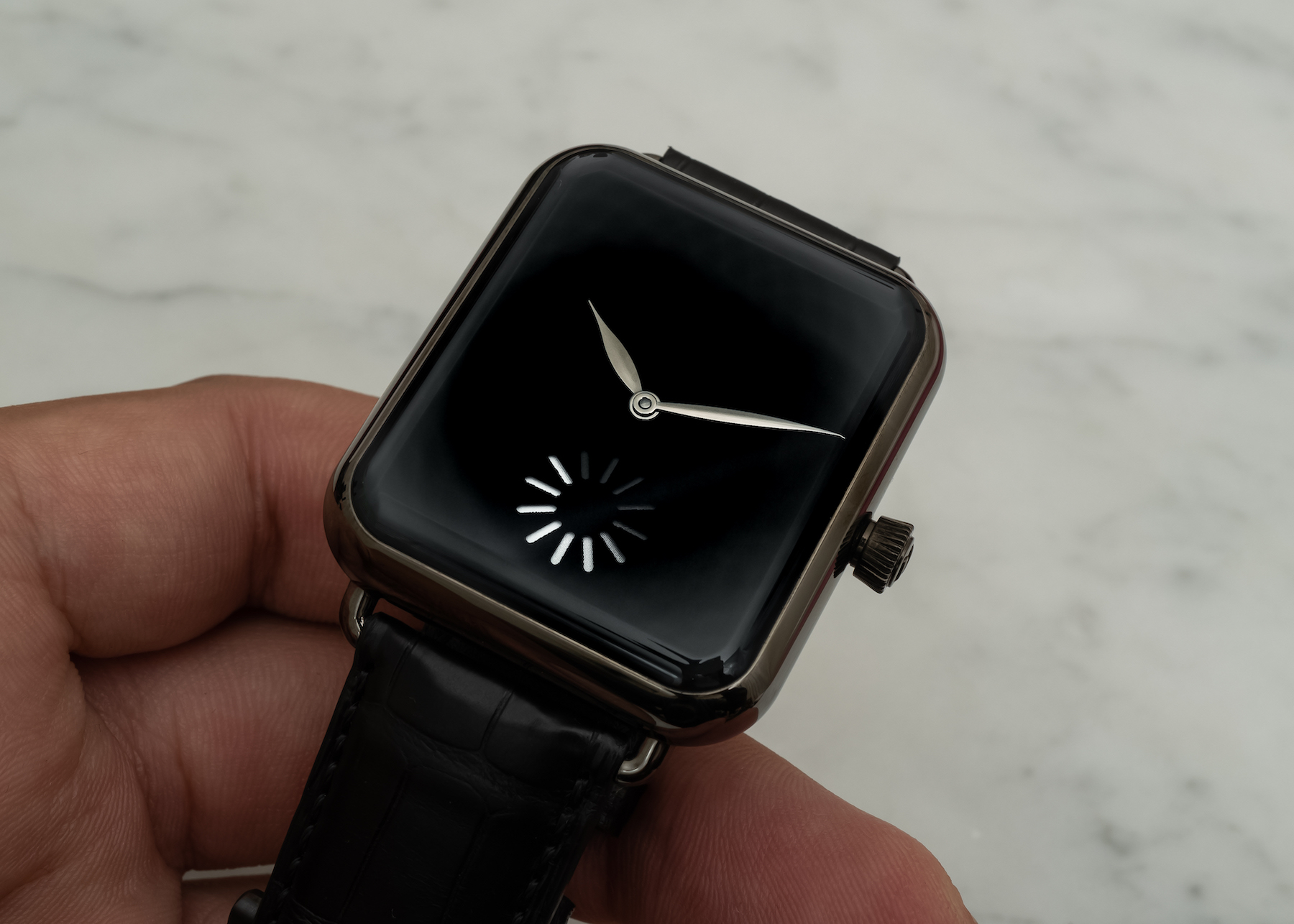
The Swiss Alp Watch Final Upgrade incorporates some of Moser’s signature touches, like the use of Vantablack and the unmarked dial (you can’t print on Vantablack). Vantablack is the blackest manmade material, and my first interaction with it was when Moser released its Endeavour Perpetual Moon Concept back in 2018, and I can’t describe it better now than I did then when I said it feels like “a black hole on the wrist.”
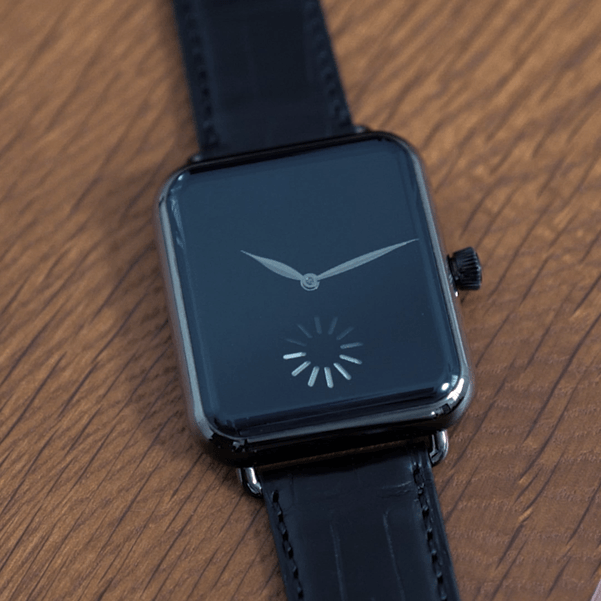
The leaf-shaped hour and minutes hands are blackened just a bit, which I find preferable to the straight white-gold hands on the black dial Swiss Alp Zzzz from 2017. But, of course, the wit of the seconds subdial defines this Swiss Alp. It’s a delightful concept and one that Moser credits to one of its collectors who approached them with the idea. Designed to evoke Apple’s loading “spinning icon” that any Mac user is intimately familiar with, the apertures whiten and fade with the passing of the seconds.
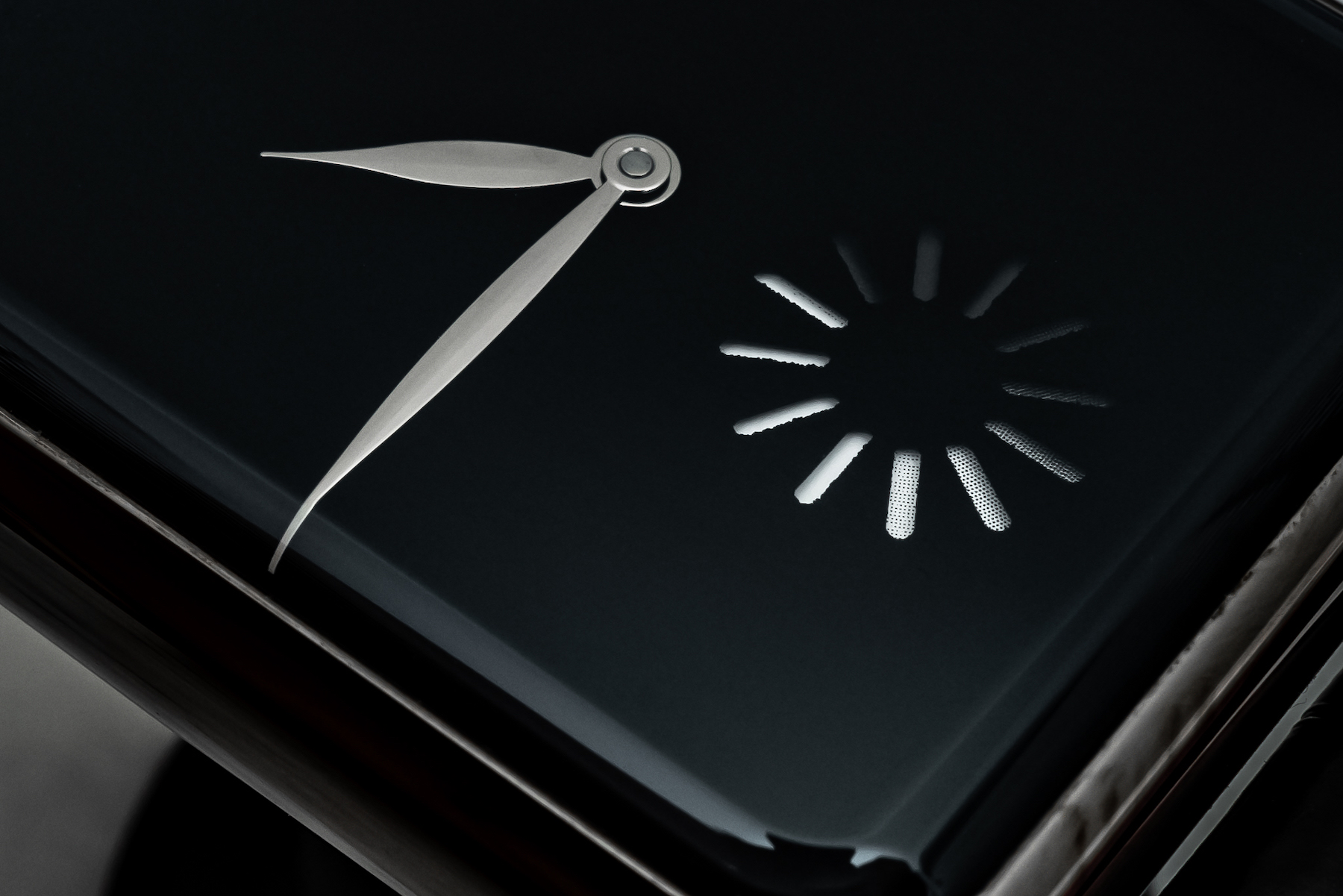
Taking a closer look at that “spinning” seconds subdial gives us an interesting view as to how differently Vantablack behaves compared to more typical dial materials. Under the close inspection of a loupe or macro lens, there appears to be what looks like fraying on the edges of where the Vantablack cuts off. This is for two reasons, the first being the fact that the sprayable Vantablack S-VIS coating used here has shorter carbon nanotubes that form an “open coral-like shape” once they are bound together. My understanding is that the structure of Vantablack creates some noise on the edges here, and the stark contrast against the white really does highlight it in photos. To the naked eye, it wasn’t really perceptible to me.
I incorrectly initially guessed that Moser used a perforation process on the spinning disc used for the seconds subdial here, but in fact, it is a brass disc that is painted to create the gradient white to dark gray effect as it spins.

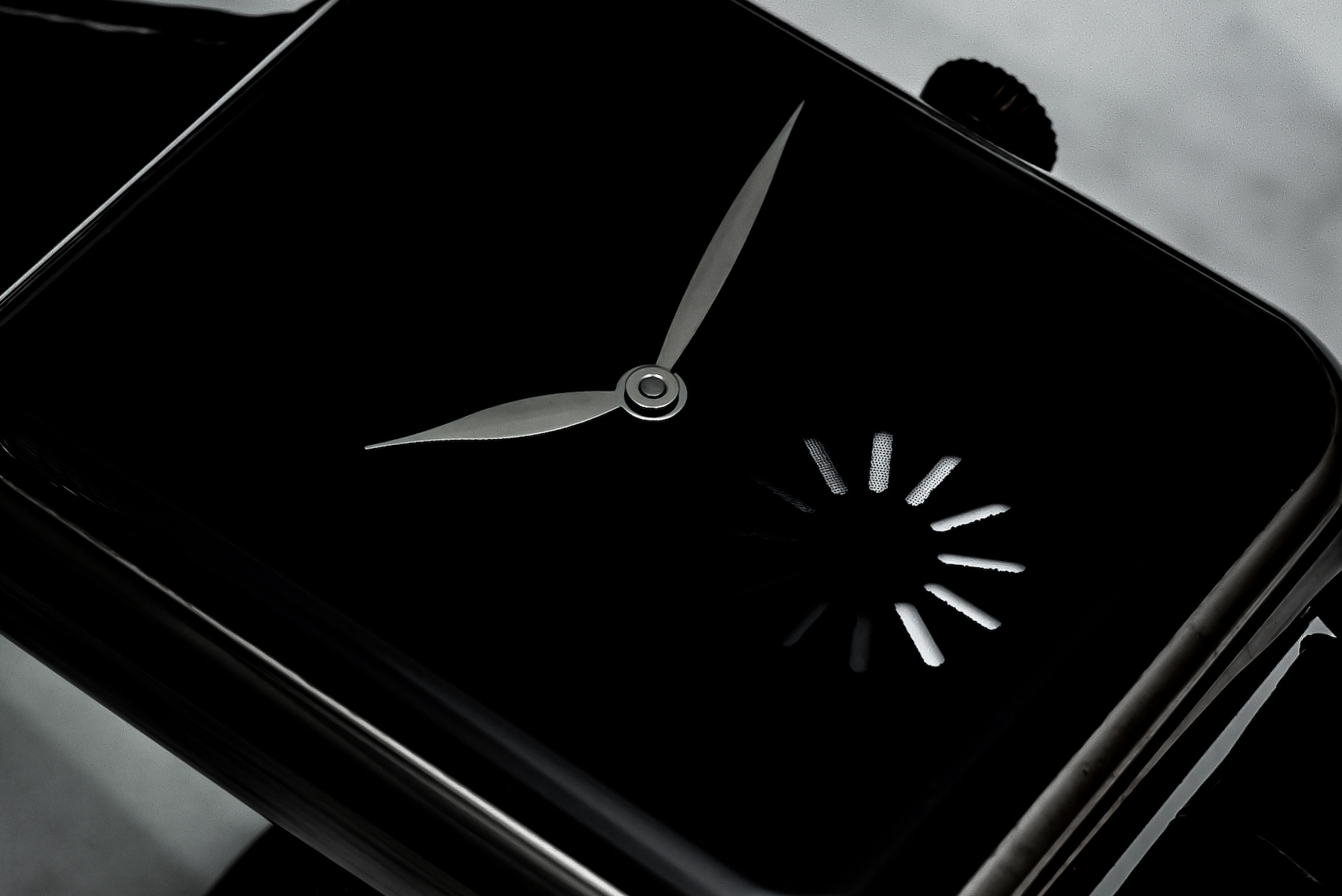
A piquant and playfully gentle acerbic commentary on the frustrating bugginess of even state of the art technology, Moser’s timing here couldn’t be more prescient. After almost a year of Zoom calls and FaceTime, the limitations of virtual substitutions for old fashioned human contact are obvious and exhausting.
It’s a simple but potent reminder: While we wait, time is still passing.
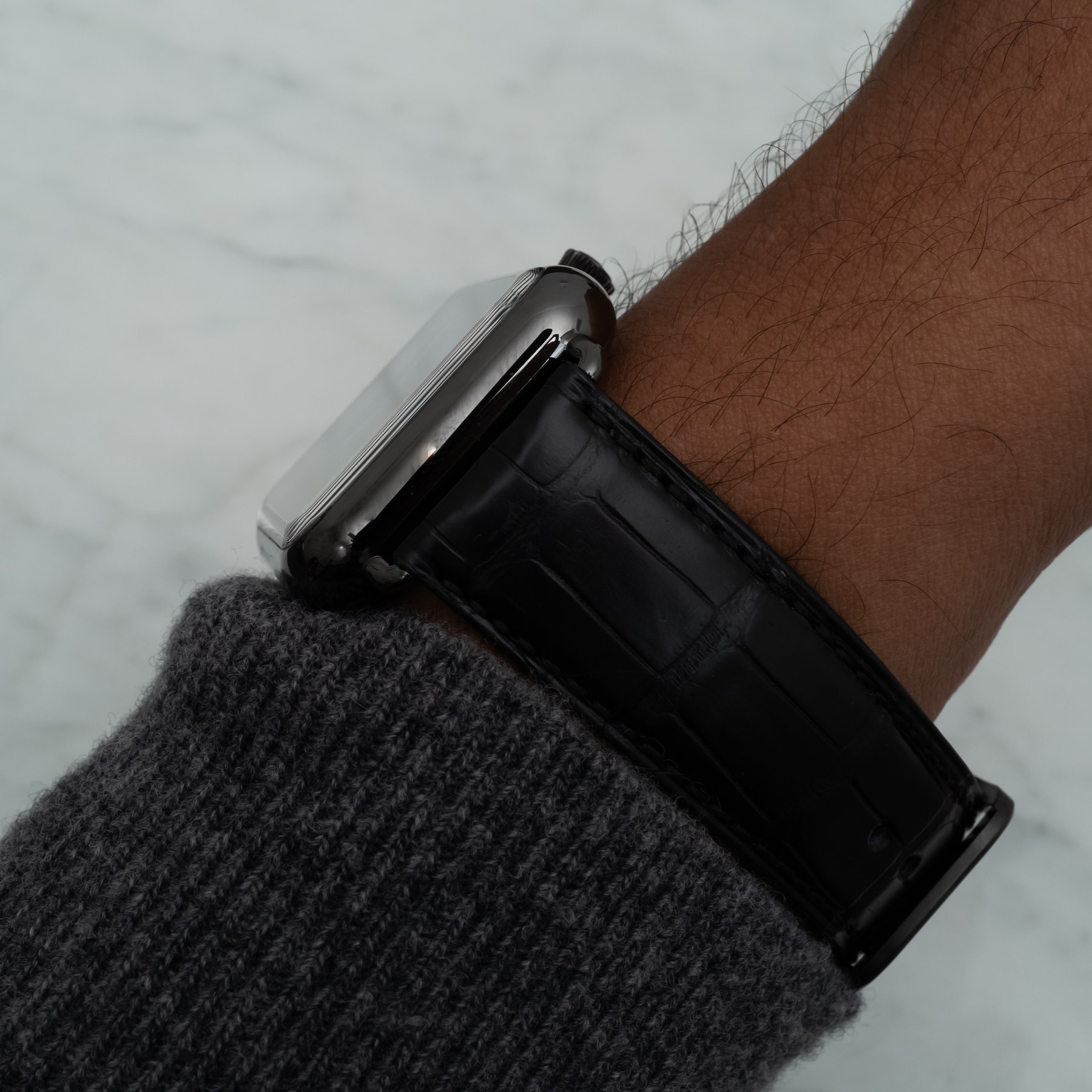
The Swiss Alp Final Upgrade comes in the now-familiar case, measuring 38.2mm-wide, 44mm-tall, and 10.5mm-thick. It’s not small, by any means, but it basically has the same measurements as the larger Apple Watch Series 6, which comes in at 38mm-wide, 44mm-tall, and 10.7mm-thick. Done in steel with a black DLC coating, it’s ideal for the kind of person who actually enjoys wearing watches and doesn’t want to worry about minor scratches here and there. Like all the Swiss Alp watches before it, this one has 30M of water resistance.

The phasing-out of the Swiss Alp watch is necessitated by the production of the last batch of the stunning manual-wind HMC 324, a movement that was initially developed for the tonneau-shaped Henry watch that never really got much love. Moser has consolidated its lines quite a bit in recent months, with the four major collections now being the Streamliner, Pioneer, Endeavour, and Heritage. I believe the Venturer has been phased out, which makes sense, as I don’t think there needed to be a collection in between the entry-level Pioneer and the pricier Endeavour once the Streamliner arrived.
As a huge Moser lover, I do have a nagging thought in the back of my mind. With this being the last of the Swiss Alp, I don’t think there are any time-only manual-wind movements left in the Moser catalog. Don’t get me wrong, the automatic HMC 200 is a fantastic in-house movement but I’ve always found something special about Moser’s manual-wind movements like the HMC 343, HMC 327, and of course the HMC 324. It would just be a shame if we have seen the last of the manual-wind time-only Moser calibers.
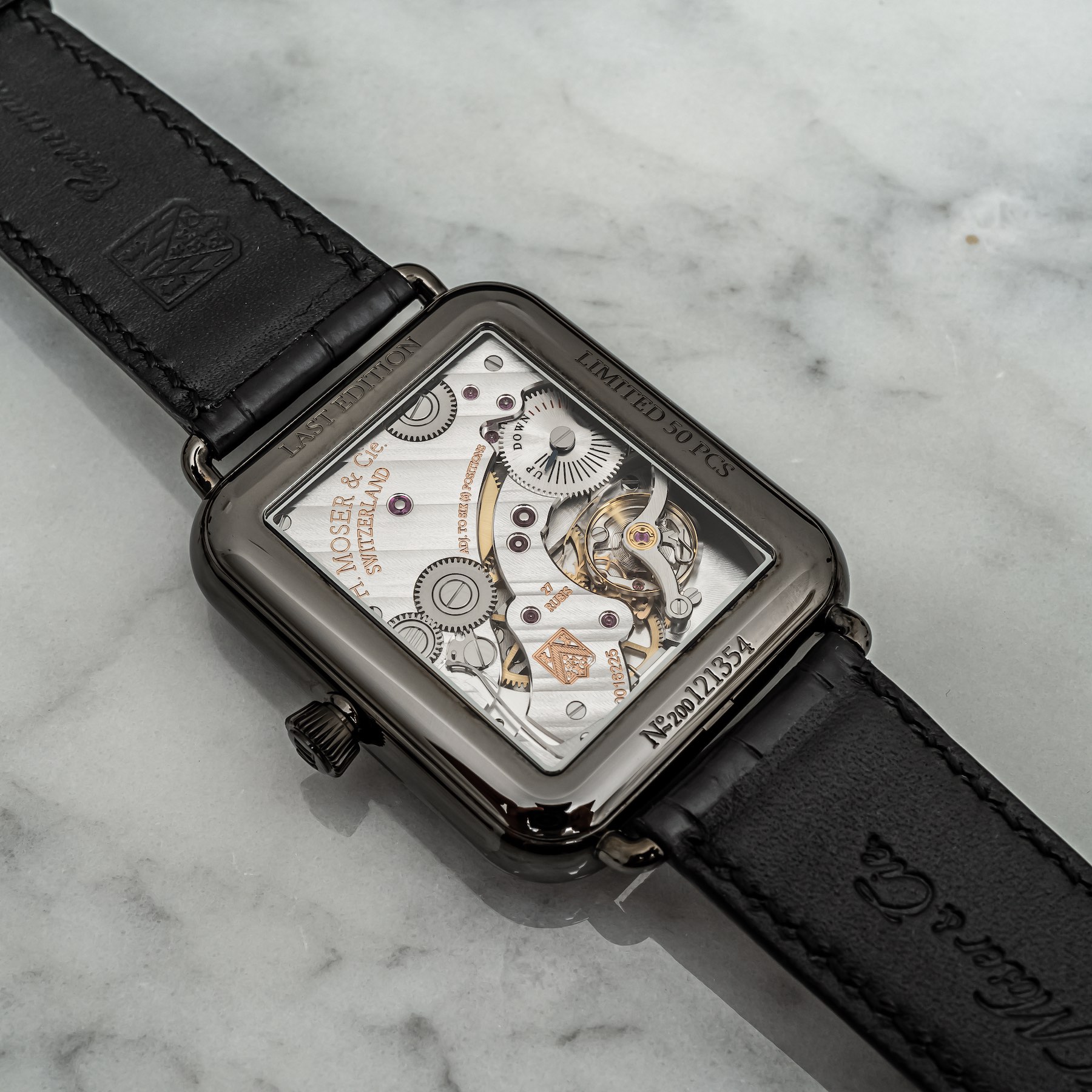
That said, I feel the HMC 324 deserves a proper farewell. A tonneau-shaped in-house manual-wind time-only movement that is finished to the nines, the HMC 324 has always been sui generis. Moser’s sister company, Precision Engineering, produces parts like hairsprings (including a cylindrical hairspring) and balance wheels for Moser, as well as many highly regarded indies like MB&F and Kari Voutilainen. This allows a brand like Moser (that produces 1,500 pieces a year) incredible creative freedom when making movements. Still, Moser is a business, and I have a feeling that the costs associated with producing movements like the HMC 324 are quite high and would inevitably drive prices up.
The first thing that strikes me about the HMC 324 is always how it looks like a perfectly framed work of art due to how well it fits the Swiss Alp case. Hand-finished and decorated with Moser’s signature double-crested Geneva stripes throughout, as well as a 14k gold escapement wheel and pallet fork. You’ll also notice beveling and polishing work done throughout. While we aren’t quite at a finishing level that has touches like sharp internal angles, it’s hard to deny Moser its due.
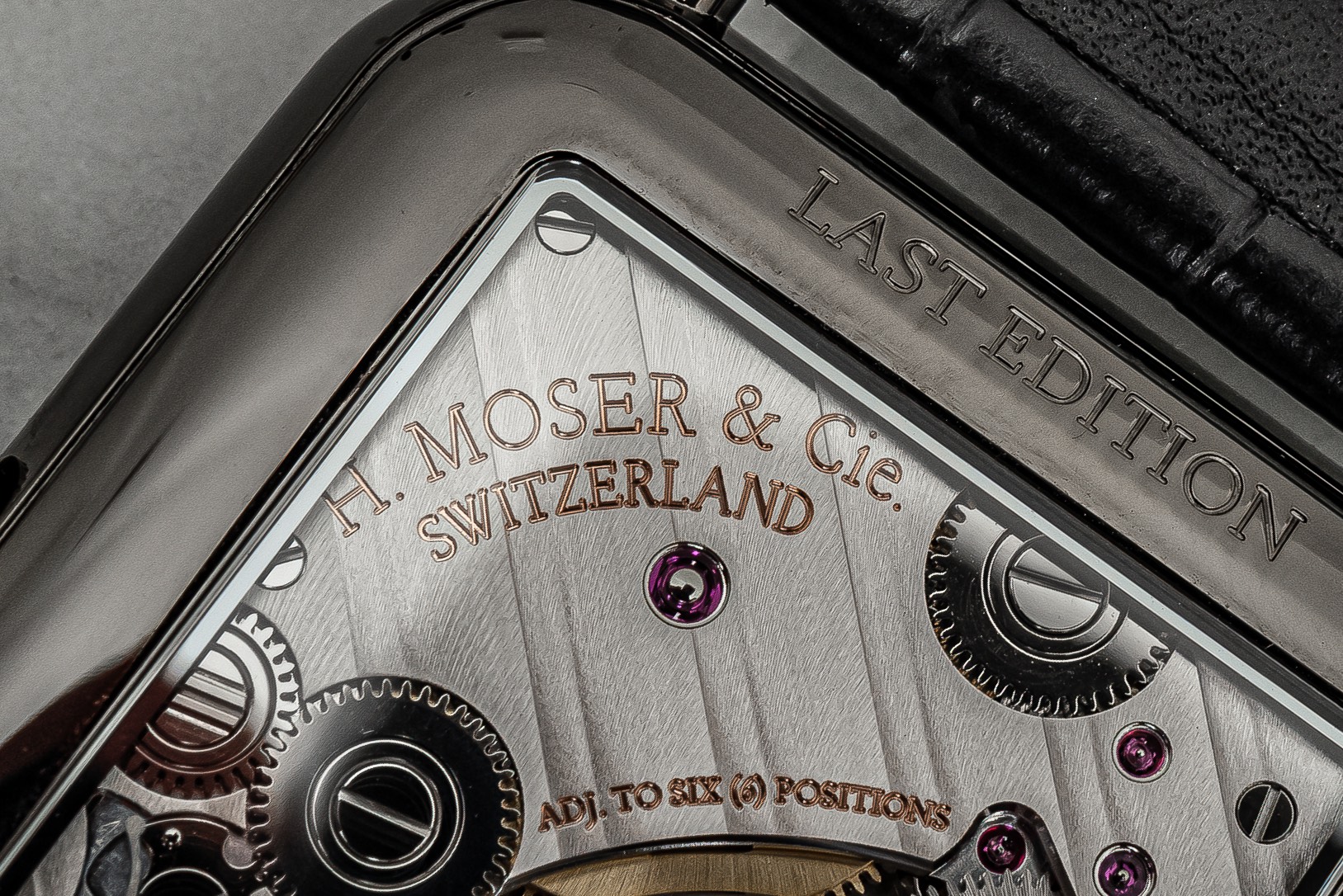
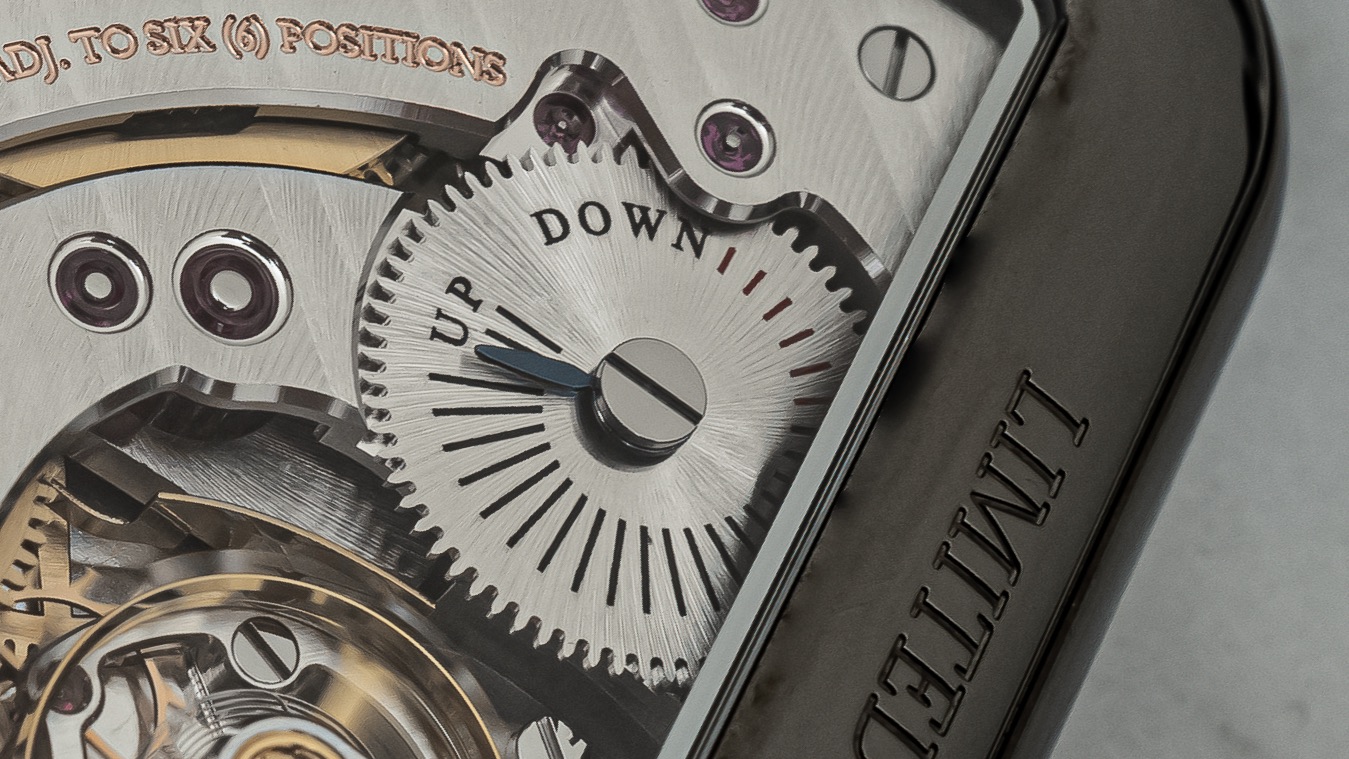
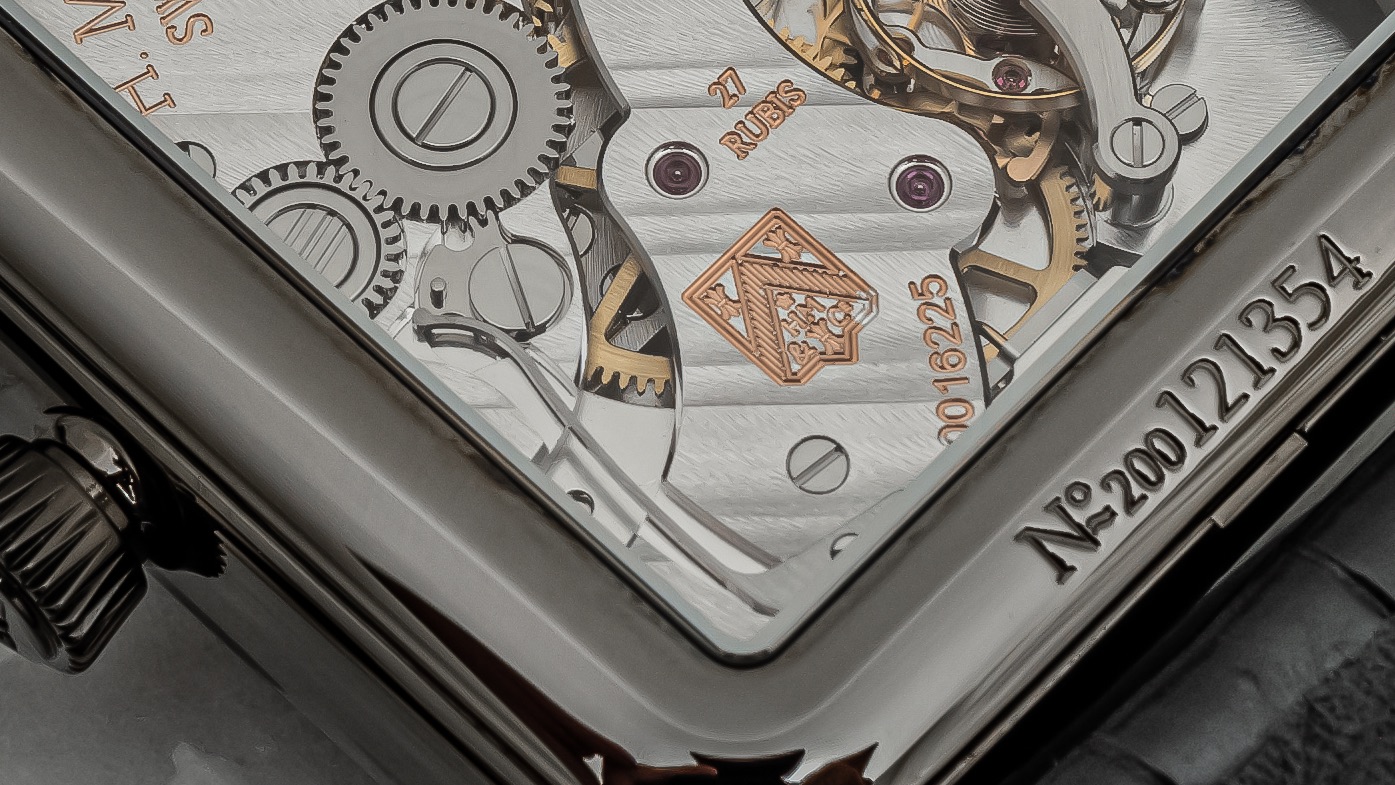
The HMC 324 also boasts touches like “Moser teeth” on the wheels and pinions. For the uninitiated, this simply means that Moser uses epicycloidal teeth that have curves as opposed to more squarish, straight lines. This has the teeth creating much less friction than from an ordinary movement and is another testament to Precision Engineering. The interchangeable modular escapement and Straumann hairspring with Breguet overcoil are Moser staples that you don’t see much of anyone else doing.
The HMC 324 operates at 18,000 vph with a minimum four-day power reserve and features hacking seconds, as well.
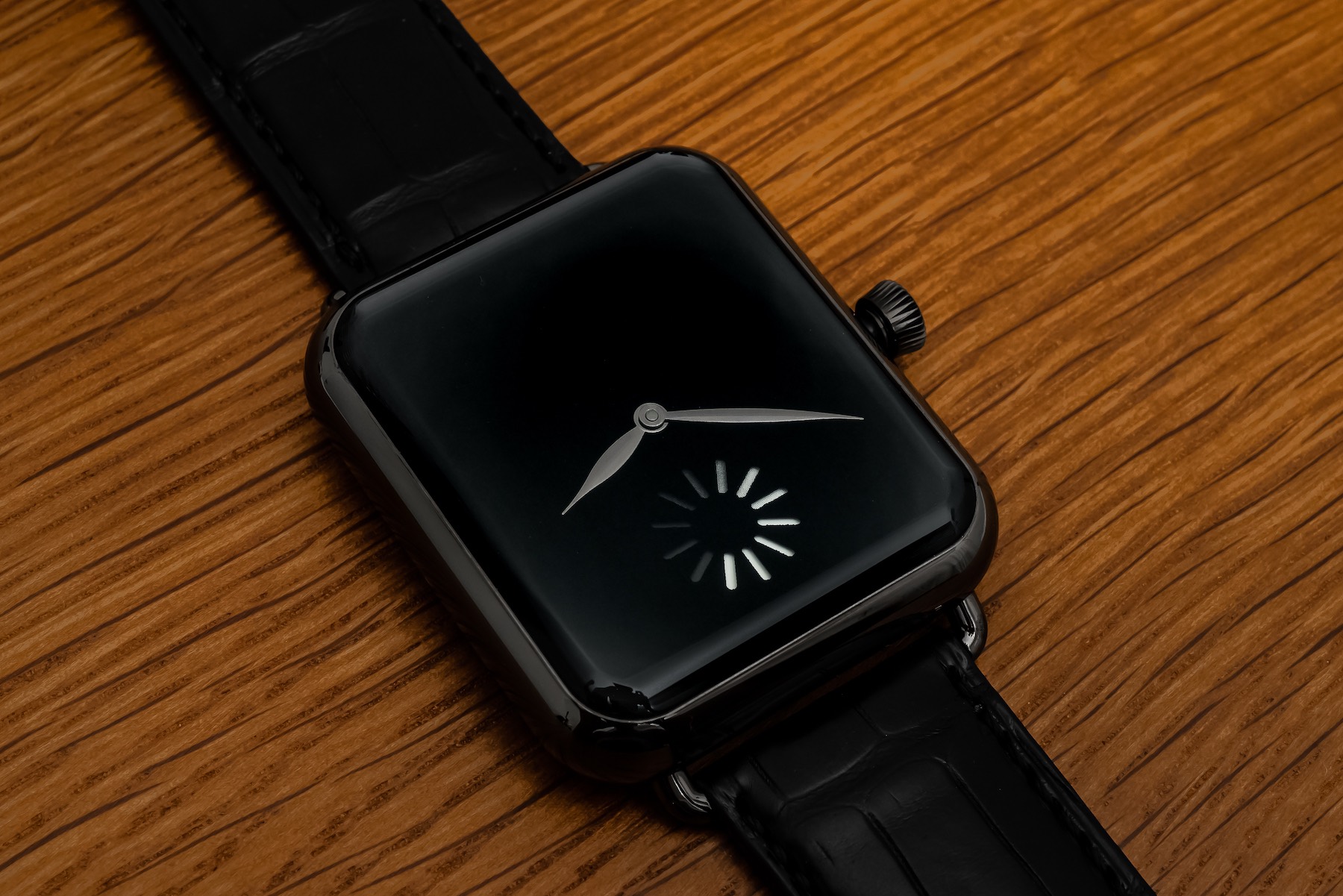
If you’re curious about how Moser and Precision Engineering manufacture their parts, I would highly recommend reading our in-depth series on the Moser Manufacture that our David Bredan put together. These articles are likely the most informative resources on the brand out there, and David’s photography is really world-class. I would start with “H. Moser & Cie: A Look Into History And Visiting The Manufacture,” followed by “How Balance Springs Are Produced In-House At H. Moser. & Cie,” and completing the series with “Five Things That H. Moser & Cie Does In-House Like Few Other Watchmakers Do.”
The Swiss Alp has always been a love-or-hate watch from a love-or-hate brand. I think the Final Upgrade is the wittiest of them all and, while it’s always best to see something retired before it goes stale, I will miss the HMC 324. Limited to 50 pieces, the H. Moser & Cie Swiss Alp Final Upgrade comes on a black alligator leather strap and has a price of $30,800. You can learn more at h-moser.com.
